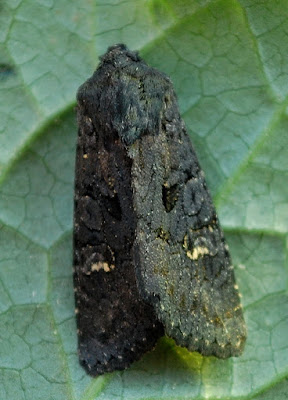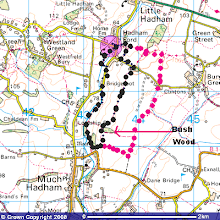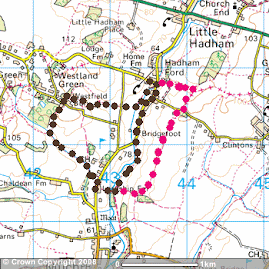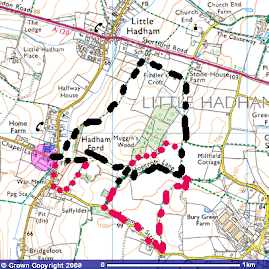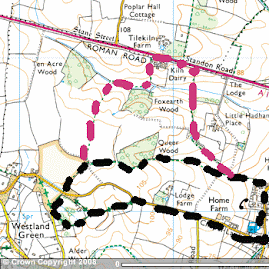Little else was noted so I headed back, checking a few trees for leaf mines. A mine of Stigmella aceris was found on field maple at the site I was planning on setting the moth trap later in the evening.
When I returnedat 7.00, I set up and then checked the long ivy clad wall of Hadham Hall. By 9pm I had a very short list, so headed off to check Millennium Wood, where I recorded a single herald and then on to Westland Green. By now the temperature had dropped enough to see your own breath. An Acleris rhombana was the only moth netted, so back to Hadham Hall for a final check and to empty the trap.
Species list:
Hadham Hall:
Barred sallow (new for site)
Setaceous hebrew character
Angle shades
Common marbled carpet (new for site)
Lunar underwing (new for site)
Eudonia angustea (new for site)
Large yellow underwing
Home Trap;
Large yellow underwing
Setaceous hebrew character
Epiphyas postvittana
Lunar underwing
Snout
Lesser yellow underwing
Acleris variegana
Garden carpet
Plus Herald at Millennium Wood and Acleris rhombana at Westland Green
 |
| Small copper near Hadham Hall |































